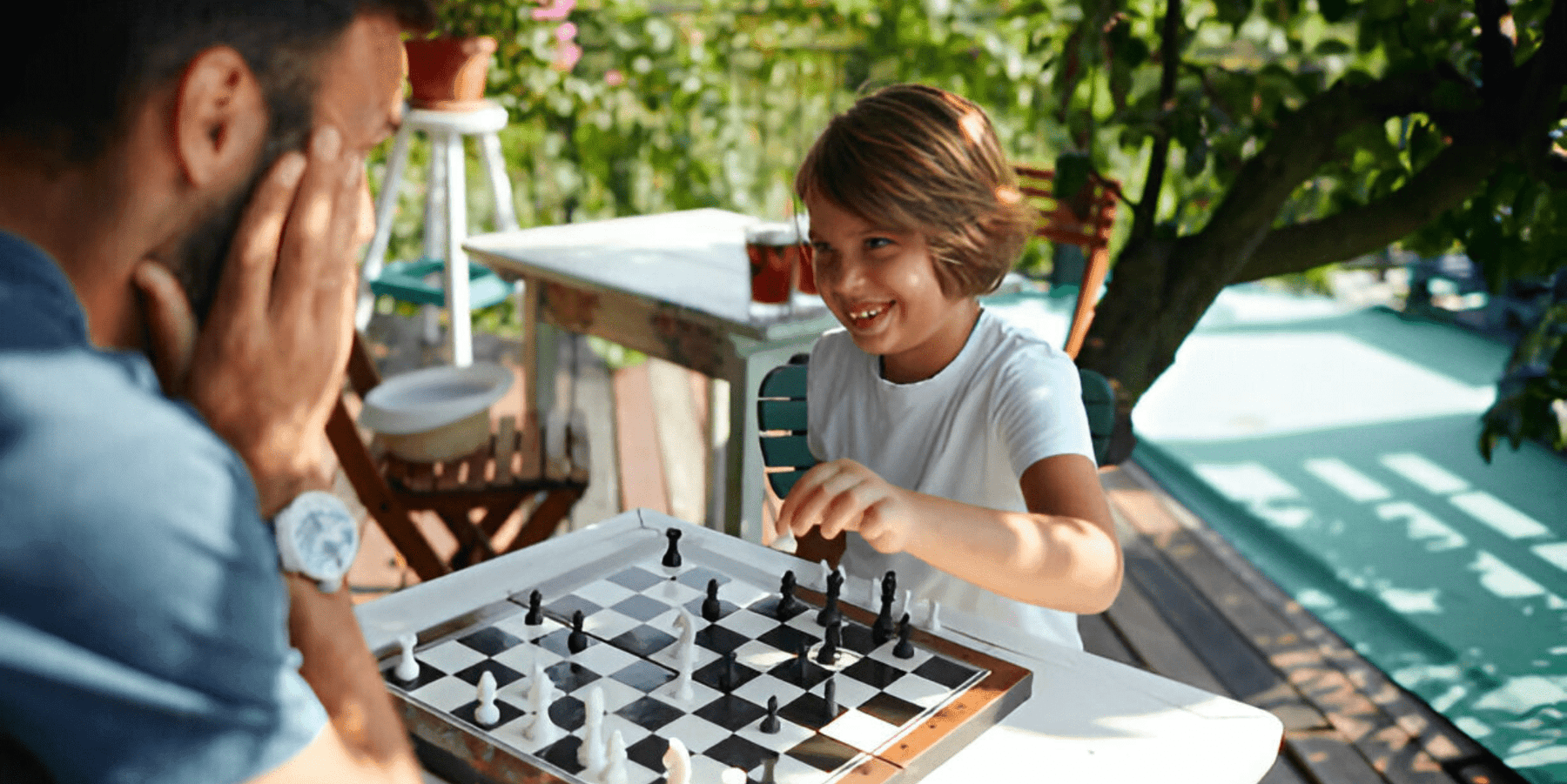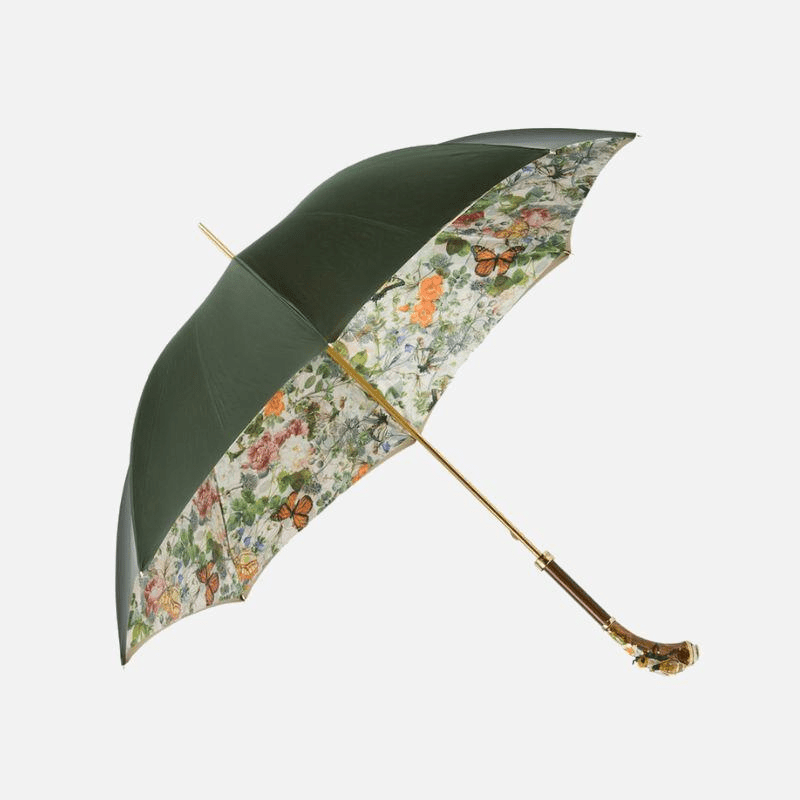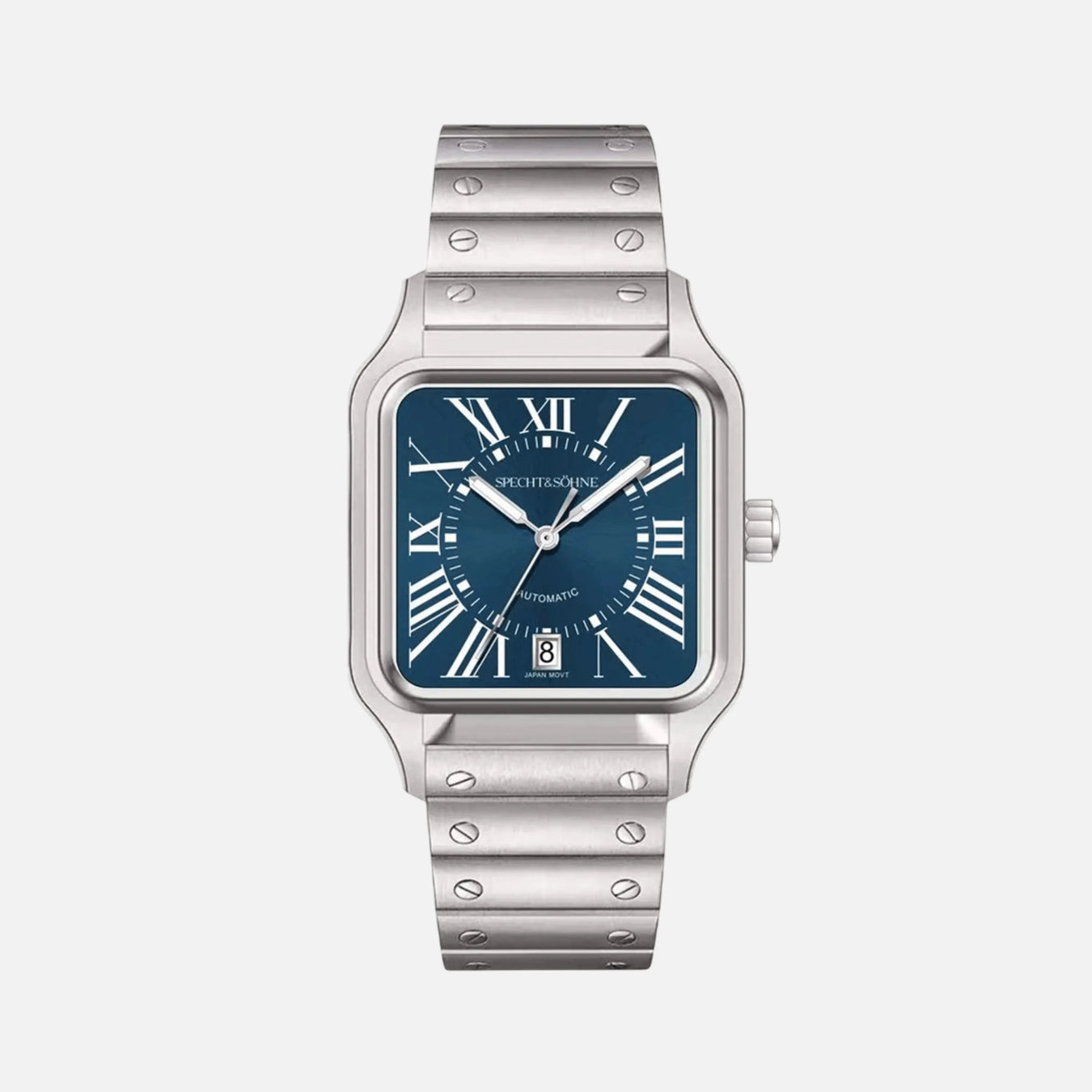
Making Chess Tournaments a Family Affair: Tips for Inclusive Fun
Introduction to Family-Friendly Chess Tournaments
In recent years, chess has seen a resurgence of popularity across all ages. The game, celebrated for its strategic depth and intellectual challenge, isn’t just a pastime for individuals, but a delightful avenue for family bonding. Family-friendly chess tournaments have become an increasingly common way to introduce the game to younger players while providing an enjoyable experience for all family members.
At these events, the focus is on inclusive fun rather than fierce competition. They offer a comfortable environment where beginners, especially children, can learn the nuances of the game without the pressure of traditional tournaments. It’s not just about winning or losing, but about sharing a learning experience, enhancing problem-solving skills, and fostering familial connections over a set of wooden chess pieces.
A typical family-friendly chess tournament can be found brimming with a range of activities. Alongside the central chess matches, one might find simultaneous exhibitions, chess puzzles, and interactive learning sessions. For collectors and enthusiasts, retailers often showcase luxury chess pieces, including large wooden chess pieces and beautiful chess sets, that can serve as the perfect gift for a family member or a treat for oneself.
What sets these tournaments apart is the thoughtful consideration given to ensuring that participants of all skill levels feel welcomed. The presence of expert players ready to guide novices adds a learning dimension that benefits all. In addition, these events tend to feature a set of wooden chess pieces—art no. 809125, specifically designed to be elegant, yet sturdy, providing a tactile and aesthetically pleasing experience to entice families to integrate chess into their regular recreational activities.
The Benefits of Chess for All Ages
Engaging in the game of chess presents a myriad of advantages, spanning across all age groups. The mental stimulation provided by surveying a chessboard, comprising a set of wooden chess pieces, fuels cognitive growth and strategic planning.
For children, chess is a constructive educational tool that enhances memory, boosts concentration, and fosters logical reasoning. Each game, with its uniquely carved wooden pieces, serves as an intricate puzzle to solve, teaching young minds to anticipate and adapt to the actions of their opponents.
Adults gain from the strategic nature of chess, learning to model patience and foresight. As they manoeuvre luxury chess pieces across the board, they refine their problem-solving skills and exercise their abilities to maintain focus amid life’s distractions.
Seniors find in chess an excellent brain workout to keep their minds sharp. The simple act of moving beautiful chess pieces on the board encourages the development of new neural connections, which is vital in the fight against cognitive decline.
Furthermore, chess is celebrated for its universal appeal and capacity to act as a social Junction, irrespective of an individual’s age. This makes it an exceptional activity for families to share, strengthening bonds and creating cherished memories.
In essence, chess is also an excellent gift for dad or for any family member, transcending its role as a mere game to become an heirloom of intellectual stimulation and cherished moments, all at once represented by the set of large wooden chess pieces each player begins their journey with.
Planning a Family-Inclusive Chess Event
When organizing a chess event that welcomes family participation, it’s important to consider a variety of elements to ensure that both avid chess players and their relatives have an enjoyable experience. To begin with, choose a venue that is accessible and comfortable for all ages, including sufficient space for playing areas, lounging, and dining. Providing a set of wooden chess pieces-art 809125 at each board guarantees that players enjoy the tactile feel of quality game materials.
In addition, the inclusion of various chess-related activities can greatly enhance the event. Have areas designated for different skill levels, with a set of large wooden chess pieces for beginners and luxury chess pieces for more advanced players or tournaments. This approach caters to the dexterity and taste of every participant.
Engage attendees by organizing simultaneous exhibitions or ‘family’ tournaments where teams are made up of family members. Not only does this encourage a friendly competitive spirit, but it also provides a beautiful setting where families can bond over the game.
Be sure to include non-chess activities for those who might want to take a break from the intense concentration the game requires. A gift for dad could be finding a chess set that combines beauty and gameplay, striking the perfect balance for a cherished family memory.
Above all, communications should be clear and warm, inviting families to partake in an event that shines a spotlight on both the intellectual and social facets of chess. By offering an environment that values both competition and camaraderie, your event will be a checkmate in making chess a family affair.
Selecting the Right Venue for Accessibility
Ensuring that a chess tournament is inclusive for all family members requires careful consideration when selecting a venue. Accessibility is a significant factor, as it guarantees that everyone, regardless of physical ability, can comfortably participate and enjoy the event.
When choosing a location, organizers should look for venues that provide barrier-free access. This includes ramps for wheelchair users, conveniently located elevators, and restrooms that are equipped with accessibility features. Clear signage throughout the venue can aid individuals with visual impairments, while also ensuring that emergency exits and facilities are easily identifiable.
Ample space is another important element for accessibility. There must be enough room for individuals using mobility aids to navigate between rows of tables and around the event space without restriction. This not only promotes a sense of comfort but also adheres to safety regulations.
Organizers are encouraged to opt for a venue with adjustable lighting and acoustics, which can cater to the needs of attendees who may have sensory sensitivities. Furthermore, designated quiet areas can offer a reprieve for family members who need a break from the bustling atmosphere of a competitive tournament.
Before making the final decision on a location, a thorough walk-through should be conducted to identify and address potential accessibility issues. It is also advisable to consult with experts or individuals with disabilities to gain insightful feedback.
By prioritizing accessibility, organizers create an inclusive atmosphere that welcomes families and chess enthusiasts of all abilities. The presence of luxury chess pieces, such as a set of wooden chess pieces art or a set of large wooden chess pieces, enriches the experience, making it a memorable gift for dad or any family member passionate about chess.
Creating an Engaging Environment for Young Players
Engaging young players in chess tournaments involves more than merely providing a set of wooden chess pieces; it requires a stimulating and welcoming environment that captures their imagination and caters to their needs. Organizers should prioritize fostering a space where children feel involved and excited to participate.
Firstly, incorporating a set of large wooden chess pieces can create a visually appealing and interactive experience that resonates with a younger audience. These luxury chess pieces become not only a tool for the game but also an attraction that draws in the players and encourages a tactile connection with chess.
Additionally, setting up themed chess boards, such as those resembling medieval battlefields or enchanted forests, adds an element of playfulness and fascination. These unique setups can help kids associate the tournament with fun and creativity rather than a dry, competitive event.
To further captivate young minds, consider establishing a ‘kids corner’ filled with chess-related puzzles and activities. This dedicated space provides a break from the intensity of the competition while keeping the focus on chess, allowing young ones to learn new strategies and improve their skills in an enjoyable manner.
Comfort is also key in creating an engaging environment. Providing amenities such as comfortable seating, healthy snacks, and hydration stations ensures that the needs of young players are met, making the tournament not only a mental challenge but a pleasant family outing.
Moreover, giving thoughtful gifts for young participants, such as a beautiful chess piece with a story or a beginner-friendly chess book, can leave a lasting positive impression. These tokens of appreciation serve as motivational tools and mementos of the experience, potentially igniting a lifelong passion for the game.
In short, an engaging environment for young players is built upon attention to visual appeal, interactive elements, educational opportunities, comfort, and thoughtful gestures. When these factors coalesce, chess tournaments become rich, inclusive experiences for the entire family.
Diverse Tournament Formats to Suit Every Age Group
Organizing chess tournaments that appeal to every age group requires thoughtful planning and a diverse array of formats. A well-rounded event can feature everything from classic tournament styles to innovative arrangements, ensuring that whether participants are using a set of wooden chess pieces art 809125 or luxury chess pieces, their experience is engaging and rewarding.
- Swiss-system tournaments are ideal for large groups of all ages, as they allow players to compete in several rounds without elimination. This ensures that everyone gets to play multiple games, regardless of their skill level.
- Round-robin tournaments can be organized for smaller groups, where everyone plays against each other at least once. This format is excellent for family members to challenge each other directly.
- Blitz and Bullet chess attract a younger crowd seeking fast-paced games. Utilizing beautiful chess pieces in these rapid formats can make the experience even more thrilling.
- Simultaneous chess exhibitions can cater to a mix of age groups, where a single expert plays multiple opponents at once. This can also serve as a gift for dad, who enjoys strategy and multitasking.
- Bughouse chess is another exciting option, especially for teenagers and young adults. This team format involves large wooden chess pieces and two boards, encouraging cooperation and social interaction.
By offering a combination of traditional and unique tournament structures, organizers can create an inclusive environment that brings families together through their love of chess. Considering the age-specific interests, and the sensory appeal of the game—such as the tactile pleasure of handling a set of luxury chess pieces—each format presents an opportunity for learning, enjoyment, and family bonding.
Educational Side Activities for Non-Playing Family Members
While competitors are immersed in strategizing with a set of wooden chess pieces, non-playing family members can enrich their experience through educational side activities. Organizing a tour of local historical sites can provide context and appreciation for the destination, turning the chess tournament into a cultural immersion. Another option is to set up a workshop or lecture series on the history and art of chess, highlighting how a set of large wooden chess pieces can reflect different periods and cultures.
For those interested in the craftsmanship behind luxury chess pieces, arranging a visit to a local artisan or craftsman who specializes in creating beautiful chess pieces could be enlightening. It can be particularly interesting for individuals considering chess-themed gifts, such as a unique set of chess pieces for dad’s collection. Moreover, a family member might lead a discussion group focused on famous chess games or strategies, incorporating interactive elements like a large chessboard to facilitate learning.
Engaging in other intellectual games in a dedicated game room offers a lively alternative. Games like Scrabble, Go, or backgammon encourage critical thinking and are enjoyable for all ages. Furthermore, a book nook nearby could provide resources about chess strategies, biographies of grandmasters, or even fiction centered around the game of chess for those who prefer a quiet activity.
Creative family members might appreciate an art station where they can create their own chess set designs or other related crafts. This can be a fantastic way to channel artistic talents into creating personalized, beautiful chess-related art. These side activities not only entertain but also deepen the understanding and appreciation of the game, making the tournament a more inclusive and educational event for everyone.
Promoting Your Chess Tournament to Families
Organizing a chess tournament that appeals to family participation requires strategic promotion that highlights the event’s inclusive and fun atmosphere. Ensuring the event is presented as a family-friendly affair is crucial in attracting parents and children alike, thus transforming the image of chess from a solitary pursuit to a community-building activity.
Firstly, emphasize the aesthetic appeal of the game by promoting visual aspects of the tournament, such as showcasing a set of wooden chess pieces art 809125. Highlighting the tactile and visual appeal of chess can entice interest in the game, catering to a familial crowd that appreciates both the beauty and intellectual challenge of chess.
Marketing materials should also draw attention to the availability of luxury chess pieces, implying a high-standard experience at the event. This suggests an environment that is not just competitive, but also appreciative of the finer things, making it an attractive destination for families seeking quality time together.
Feature the availability of a set of large wooden chess pieces, which can be an excellent way for kids to engage in the game. Large pieces are easier to handle and can turn a match into a dynamic and immersive experience that captures children’s imagination.
Promotional content can also suggest that beautiful chess pieces or a luxury chess set could be a potential gift for dad. This tactful touch can encourage families to consider attending the tournament as a unique gifting experience, combining family togetherness with meaningful presents.
Here’s a suggested promotional strategy for organizers:
- Use social media platforms to share images and videos of family-friendly chess activities
- Highlight testimonials from families who have previously enjoyed the tournament
- Offer family package deals or discounts to encourage group participation
- Plan parallel activities such as chess workshops, and mini-games for various age groups
- Collaborate with family-centric brands or sponsors for additional reach and credibility
By tailoring the promotion to showcase the chess tournament as an engaging and educational family event, organizers can significantly increase family attendance and foster a more inclusive, community-driven chess culture.
Incorporating Technology for Interactive Experiences
In the classical tradition of chess, enthusiasts often envision a set of wooden chess pieces (art 809125) meticulously crafted and positioned for strategic play. Fast forward to the contemporary era, where digital sophistication meets this age-old game, offering a blend of tactile beauty and interactive technology. To make chess tournaments a family affair with appeal across generations, organizers are integrating avant-garde technology to captivate participants and onlookers alike.
Some events might feature a set of large wooden chess pieces that, while maintaining the luxury and beauty inherent in the game, are enhanced with sensors and connected to a digital interface. This hybrid approach allows each move to be projected onto screens around the venue, turning individual plays into a spectator sport. Real-time digital analysis can provide insights into potential strategies and moves, creating an educational dimension for all.
- For younger attendees who might be new to chess or less patient, incorporating video game consoles with chess software offers a fun and relatable gateway into the game.
- Interactive kiosks can provide tutorials or historical facts about chess, keeping families engaged beyond the board.
- Spectators not actively participating in the games can enjoy live commentaries through headsets, making the matches as engrossing as any live sport.
This digital embracement also opens doors for distant family members to be part of the experience. Live streaming the event with interactive chat rooms can unite families around a virtual board, transforming the chess tournament into a global family gathering. Moreover, a beautiful chess pieces’ gift for Dad can now include a USB chess board — a present that represents both the charm of tradition and the excitement of modern technology.
Such innovative approaches ensure that chess tournaments weave through the fibers of family entertainment, creating memorable and educational experiences.
Fostering a Spirit of Sportsmanship and Fair Play
When chess becomes a family activity, the importance of sportsmanship and fair play cannot be overstressed. Cultivating these values ensures that chess tournaments are not just about winning, but also about learning and enjoying the experience together. Here’s how families can nurture a spirit of sportsmanship and fair play:
- Model Respectful Behavior: Parents and elder siblings can set the standard by showing respect for opponents, organizers, and the rules of the game. When families display courteous behavior, younger members learn to emulate these attitudes.
- Emphasize the Process Over Winning: Celebrate the strategic thinking, problem-solving, and persistence that players demonstrate during the game, rather than focusing solely on the outcome. Recognizing effort fosters a healthier approach to competition.
- Encourage Post-Game Reflection: After a match, families should discuss what went well and areas for improvement. They should also prompt players to acknowledge their opponent’s good plays, reinforcing appreciation for skilled gameplay.
- Teach Acceptance of Defeat: Losing is an integral part of any competitive sport, including chess. Learning to lose with dignity and to win with grace is essential for maintaining a friendly tournament atmosphere.
By adhering to these principles, chess tournaments can become an opportunity for growth and enjoyment for the entire family. Whether it’s through admiring a set of wooden chess pieces art 809125 or strategizing with a set of large wooden chess pieces, the focus remains not just on the aesthetics of luxury chess pieces or the delight in unwrapping a gift for dad but on the shared experiences and values gained. This approach to inclusive fun makes every match, regardless of its outcome, a win for character development and family bonding.
Managing and Streamlining Event Logistics
Efficient logistic management is the backbone that supports the success of inclusive family chess tournaments. As organizers, it’s crucial to ensure that every detail from the delivery of a set of wooden chess pieces art 809125 to the arrangement of furniture is meticulously planned and executed.
-
Preparation of Chess Equipment: Safeguard the procurement and setup of high-quality chess equipment, such as a set of large wooden chess pieces and luxury chess pieces, which not only enhance the playing experience but also serve as a beautiful chess piece gift for dad or any enthusiast in the family.
-
Venue Layout: Arrange the venue to accommodate families, providing ample space for participants and spectators alike. Designate specific areas for play, relaxation, and refreshment to cater to individuals of all ages.
-
Schedule Coordination: Develop a clear and concise schedule that allows for smooth transitions between rounds, ensuring that participants have enough time for breaks and that the event progresses without delays.
-
Information Dissemination: Circulate detailed information about the tournament logistics to all participants beforehand. This includes the program itinerary, rules, and layout of the premises for seamless navigation.
-
On-Site Assistance: Deploy a helpful and informed team of volunteers, equipped to handle queries and guide families during the event to foster a supportive atmosphere.
-
Emergency Protocols: Establish and communicate a well-formulated emergency plan, including safety procedures and contacts, to address any unforeseen situations promptly.
-
Technology Integration: Utilize technological tools for registration, live updates, and scoring to streamline operations and enhance the experience for attendees.
By addressing these logistical elements with thoroughness and thoughtfulness, chess tournaments can be transformed into cherished family gatherings filled with intellectual stimulation and bonding opportunities.
Addressing the Challenges of a Family-Centric Chess Tournament
Organizing a family-centric chess tournament introduces unique challenges that require thoughtful planning and execution. Facilitators must ensure that the event is welcoming for participants of all ages and skill levels. To achieve this, they must provide appropriate resources such as a set of large wooden chess pieces and luxury chess pieces, which can make the game more appealing and easier for young children to handle.
Another key challenge involves creating an environment that maintains competitive integrity while also promoting a collaborative and supportive atmosphere. This may include structured pairing systems that allow players of similar skill levels to compete against each other, helping to prevent discouragement among less experienced players.
Additionally, organizers must pay attention to the individual needs of participants. This can include offering a beautiful chess pieces gift for dad or parents participating in the event, acknowledging their support and encouraging a bond through shared interest in chess. Moreover, providing a variety of chess-related activities can cater to non-playing family members and sustain engagement throughout the event.
Accessibility poses another concern. To ensure that everyone has an opportunity to participate, venues should be selected for their suitability for all ages, including any necessary accommodations for the elderly or disabled participants.
Furthermore, to maintain interest and fun, it is essential to have a set of wooden chess pieces art 809125 or visually stimulating materials that can engage spectators and players alike, contributing to the tournament’s festive atmosphere.
All in all, addressing these challenges requires careful consideration of the diverse needs of families and the integration of elements that celebrate the joy of chess for all generations.
Capturing the Memories: Photography and Keepsakes from the Event
Chess tournaments are about much more than just the game; they are gatherings that create lasting memories for families. Embracing this aspect can enrich the experience, transforming the event into a treasure trove of moments captured for posterity. Photography plays a pivotal role in this process. Parents and organizers should consider hiring a professional photographer or encouraging participants to take candid shots throughout the tournament. These photos can later be compiled into albums or displayed on social media, celebrating the spirit of the event and the joy of competition.
Beyond the digital memories, tangible mementos can serve as cherished keepsakes. For instance, a set of wooden chess pieces, art 809125, could be given to participants, serving as both a souvenir and a useful tool for future games. These small tokens enrich the connection to the event.
Organizers can also elevate the experience by offering a set of large wooden chess pieces as prizes for winners or as raffle items. Luxury chess pieces not only serve as beautiful decor but can also be a special gift for dad or any loved one, commemorating their participation or achievements in the tournament.
Creating customized merchandise such as t-shirts or caps with the tournament’s logo, or even personalized with names, can add a fun and personal touch to the affair. These items become symbols of a shared experience, worn or used with pride long after the last pawn has been moved.
To summarize, the act of preserving memories through photography and keepsakes adds an extra layer of enjoyment to chess tournaments. It strengthens family bonds and creates a lasting legacy of these cerebral battles, ensuring that the move-by-move excitement of the day continues to resonate in the hearts of all who took part.
Feedback and Follow-Up: Ensuring Future Events are Even Better

Organizing a successful chess tournament that caters to families involves continuous improvement, which can be achieved through deliberate feedback and follow-up methods. To ensure that each subsequent event exceeds the expectations set by its predecessors, organizers should consider implementing a comprehensive feedback strategy:
-
Collect Feedback: After the event, gather insights from participants, spectators, and staff. This can be done through digital surveys, suggestion boxes placed at the venue, or direct interviews. Ask about their experiences with various elements of the event, such as the environment, the quality of the luxury chess pieces, and the overall organization.
-
Analyze Responses: Look for trends in the feedback that indicate areas of success and those needing improvement. Pay special attention to comments regarding the set of large wooden chess pieces and the family-friendly atmosphere, as these are central to the event’s theme.
-
Create an Action Plan: Based on the collected feedback, devise an action plan. If participants expressed delight in the beautiful chess pieces but found the event space too crowded, consider a larger venue for future tournaments or a more efficient layout.
-
Implement Changes: Before the next event, put in place the changes suggested by the feedback. Let the attendees know their opinions have been heard and acted upon, making them feel valued and part of the community.
-
Communicate Effectively: Use email newsletters or social media to update past and potential participants on how their feedback has shaped the planning of upcoming events. Highlight improvements, such as the introduction of new luxury chess pieces as a gift for dad or improved facilities for families.
-
Keep the Conversation Going: Maintain the dialogue with your audience by engaging with them regularly, not only after the event. This can build anticipation and make future tournaments feel more personal and community-oriented.
By prioritizing feedback and following up with tangible improvements, organizers can enhance the experience of both competitive players and family spectators, making every chess tournament an inclusive and memorable event.
Conclusion: The Lasting Impact of Family-Inclusive Chess Tournaments
Family-inclusive chess tournaments do more than just provide a weekend activity; they create a supportive environment that can have significant and lasting benefits for participants and their families. When a set of wooden chess pieces becomes a catalyst for bonding, the game transcends its 64 squares, fostering communication and strategic thinking among relatives of all ages. These tournaments become memorable events that families look forward to attending together, with each game contributing to a stronger familial bond and a shared sense of accomplishment.
The inclusion of various age and skill levels ensures that everyone has the opportunity to learn and grow, be it with a set of large wooden chess pieces or luxury chess pieces that add a touch of elegance to the competition. Such inclusivity encourages mutual respect and understanding, regardless of generational gaps. This respect is crucial, as it helps to fortify family relationships outside the context of the tournament as well.
Moreover, the integration of beautiful chess pieces serves not only as a gift for dad, who might appreciate the art of chess, but also as a symbolic trophy for the whole family’s participation and progress. The art of chess, with every careful move and thoughtfully executed strategy, plays an essential role in teaching invaluable life skills like patience, foresight, and the ability to learn from defeat—qualities that are useful in everyday interactions.
Impactfully, family-inclusive chess tournaments present a platform for lifelong learning and connection. They create a space where families can unabashedly celebrate their uniqueness while embracing the collective joy and enrichment that comes with the timeless game of chess. Such events remind us that, regardless of the outcome, the journey and the company inherently etch a lasting positive impact on the fabric of family dynamics.






